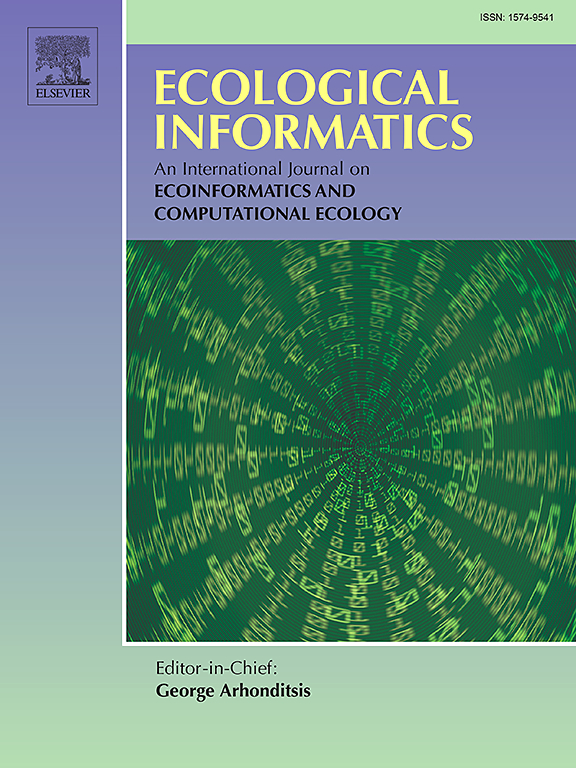利用贝叶斯优化改进浮油轨迹模拟
IF 7.3
2区 环境科学与生态学
Q1 ECOLOGY
引用次数: 0
摘要
准确模拟溢油轨迹对于支持从业者的响应和减轻环境和社会经济影响至关重要。数值模型,如medslikk - ii,模拟油颗粒的平流,分散和转化过程,但其准确性在很大程度上取决于物理参数的正确调整,通常依赖于手动校准和专家知识。这种方法是次优的,特别是在动态和不确定的环境条件下。为了克服这些限制,我们将medsliki - ii溢油模型与贝叶斯优化框架相结合,迭代估计关键参数(如水平扩散系数、风角和风阻)的最优值,以获得更接近卫星观测的模拟结果。采用随机参数化策略,对参数空间进行概率探索,提高仿真能力。为此,将分数技能分数(FSS)最大化,以评估模拟和观测石油分布之间的时空重叠。该框架在2021年8月23日至9月4日期间发生在叙利亚的Baniyas石油事件中得到了验证,该事件释放了超过12,000立方米的石油。该方法提高了FSS从7。97%对20%。与使用默认参数初始化的控制模拟相比,平均为66%。结果表明,该方法在不同的时间步长上有一致的改进,突出了该方法在不确定情况下的鲁棒性和操作性溢油建模的适用性。本文章由计算机程序翻译,如有差异,请以英文原文为准。
Improving oil slick trajectory simulations with Bayesian optimization
Accurate simulations of oil spill trajectories are essential for supporting practitioners' response and mitigating environmental and socioeconomic impacts. Numerical models, such as MEDSLIK-II, simulate advection, dispersion, and transformation processes of oil particles, but their accuracy depends strongly on the correct tuning of physical parameters, often relying on manual calibration and expert knowledge. This approach is suboptimal, especially in dynamic and uncertain environmental conditions. To overcome these limitations, we couple the MEDSLIK-II oil spill model with a Bayesian optimization framework to iteratively estimate the optimal values of key parameters, such as the horizontal diffusivity, wind angle and wind drag, in order to obtain simulation closer to satellite observations of the slick. We adopt a stochastic parameterization strategy, which probabilistically explores the parameter space to enhance simulation skill. To this end, the Fraction Skill Score (FSS) is maximized to evaluate spatial-temporal overlap between simulated and observed oil distributions. The framework is validated for the Baniyas oil incident that occurred in Syria between August 23 and September 4, 2021, which released over 12,000 m of oil. The approach improves FSS from 7. 97 % to 20. 66 %, on average, compared to control simulations initialized with default parameters. Results demonstrate consistent improvements across time steps, highlighting the method's robustness and suitability for operational oil spill modeling under uncertainty.
求助全文
通过发布文献求助,成功后即可免费获取论文全文。
去求助
来源期刊

Ecological Informatics
环境科学-生态学
CiteScore
8.30
自引率
11.80%
发文量
346
审稿时长
46 days
期刊介绍:
The journal Ecological Informatics is devoted to the publication of high quality, peer-reviewed articles on all aspects of computational ecology, data science and biogeography. The scope of the journal takes into account the data-intensive nature of ecology, the growing capacity of information technology to access, harness and leverage complex data as well as the critical need for informing sustainable management in view of global environmental and climate change.
The nature of the journal is interdisciplinary at the crossover between ecology and informatics. It focuses on novel concepts and techniques for image- and genome-based monitoring and interpretation, sensor- and multimedia-based data acquisition, internet-based data archiving and sharing, data assimilation, modelling and prediction of ecological data.
 求助内容:
求助内容: 应助结果提醒方式:
应助结果提醒方式:


